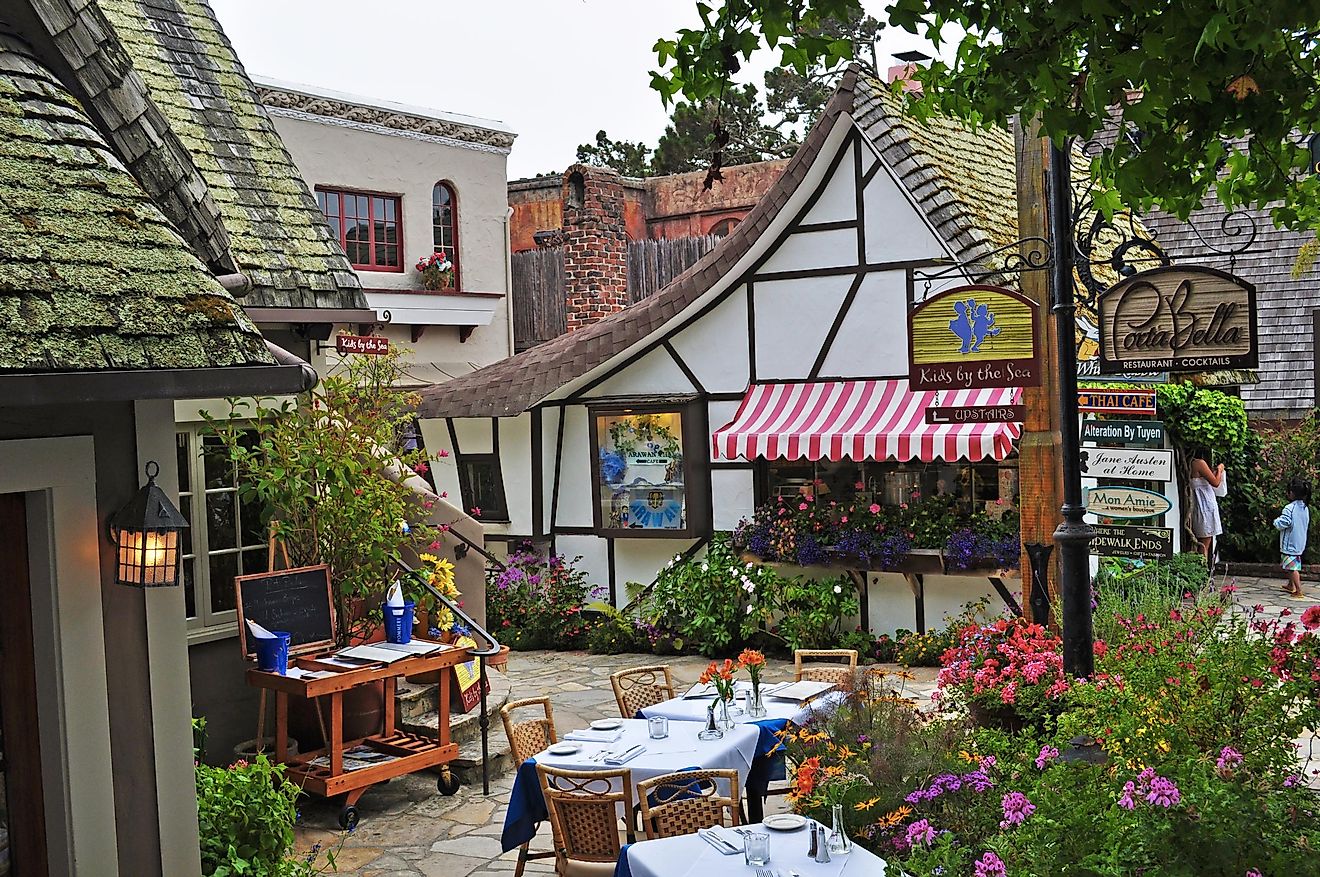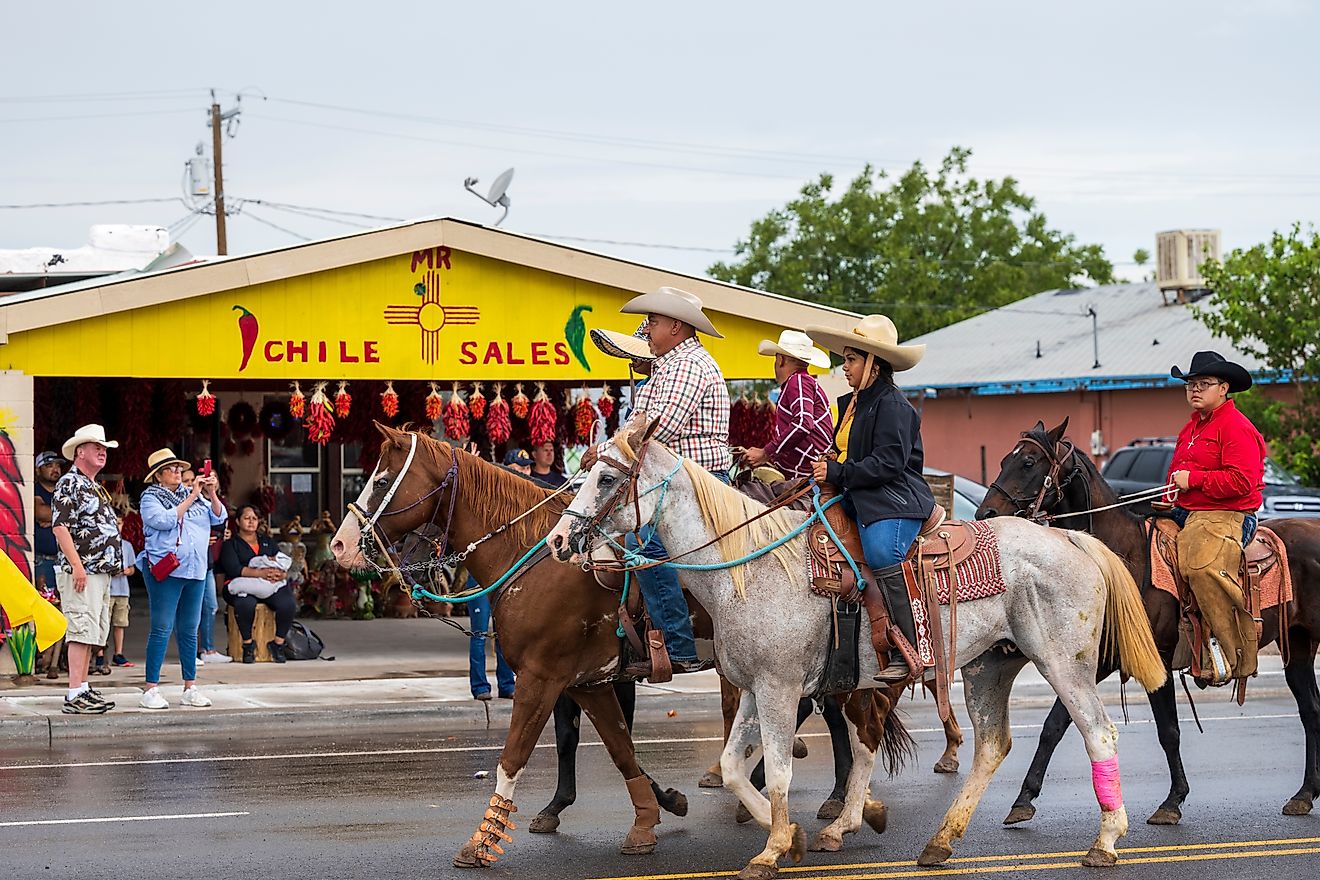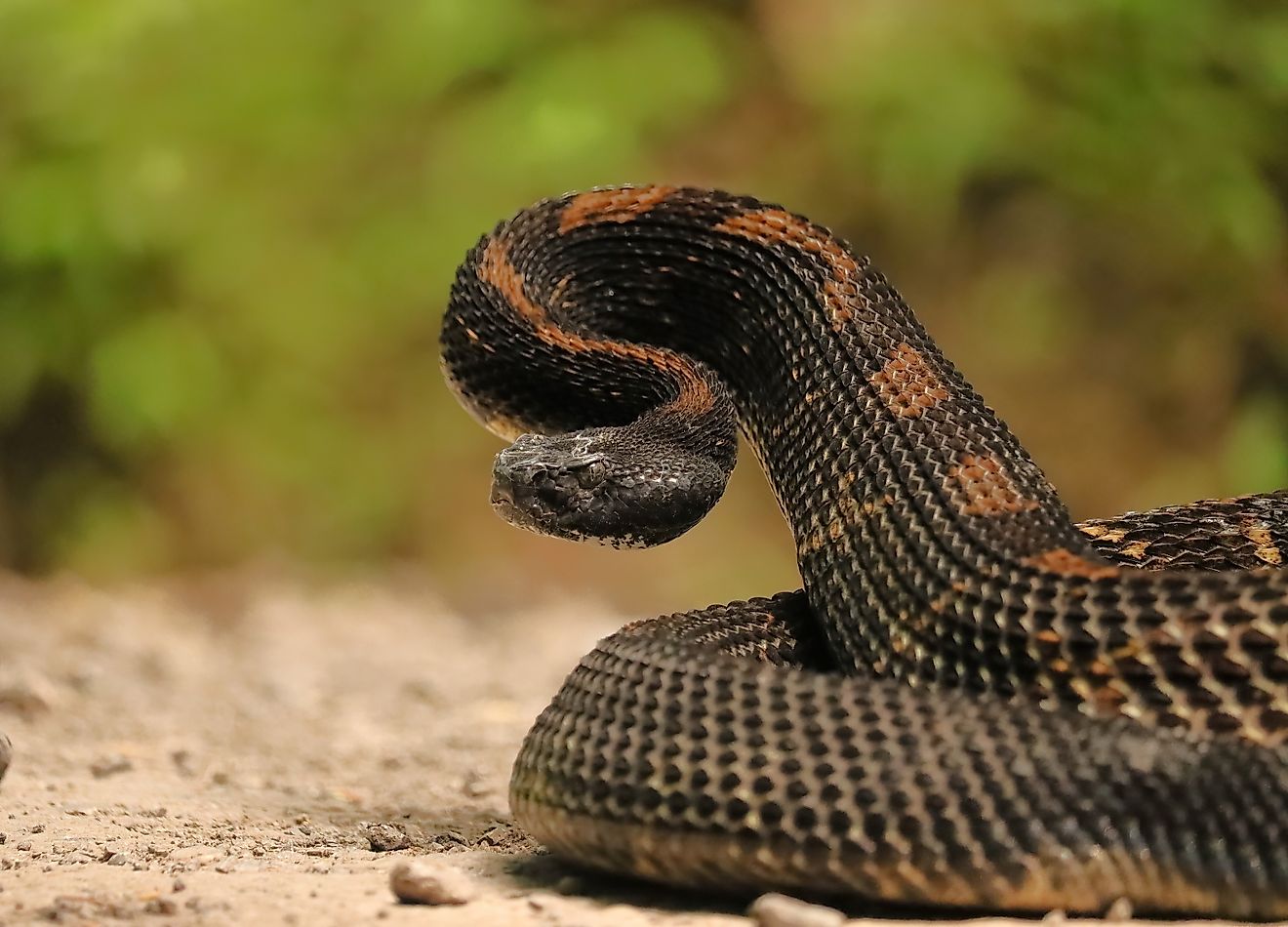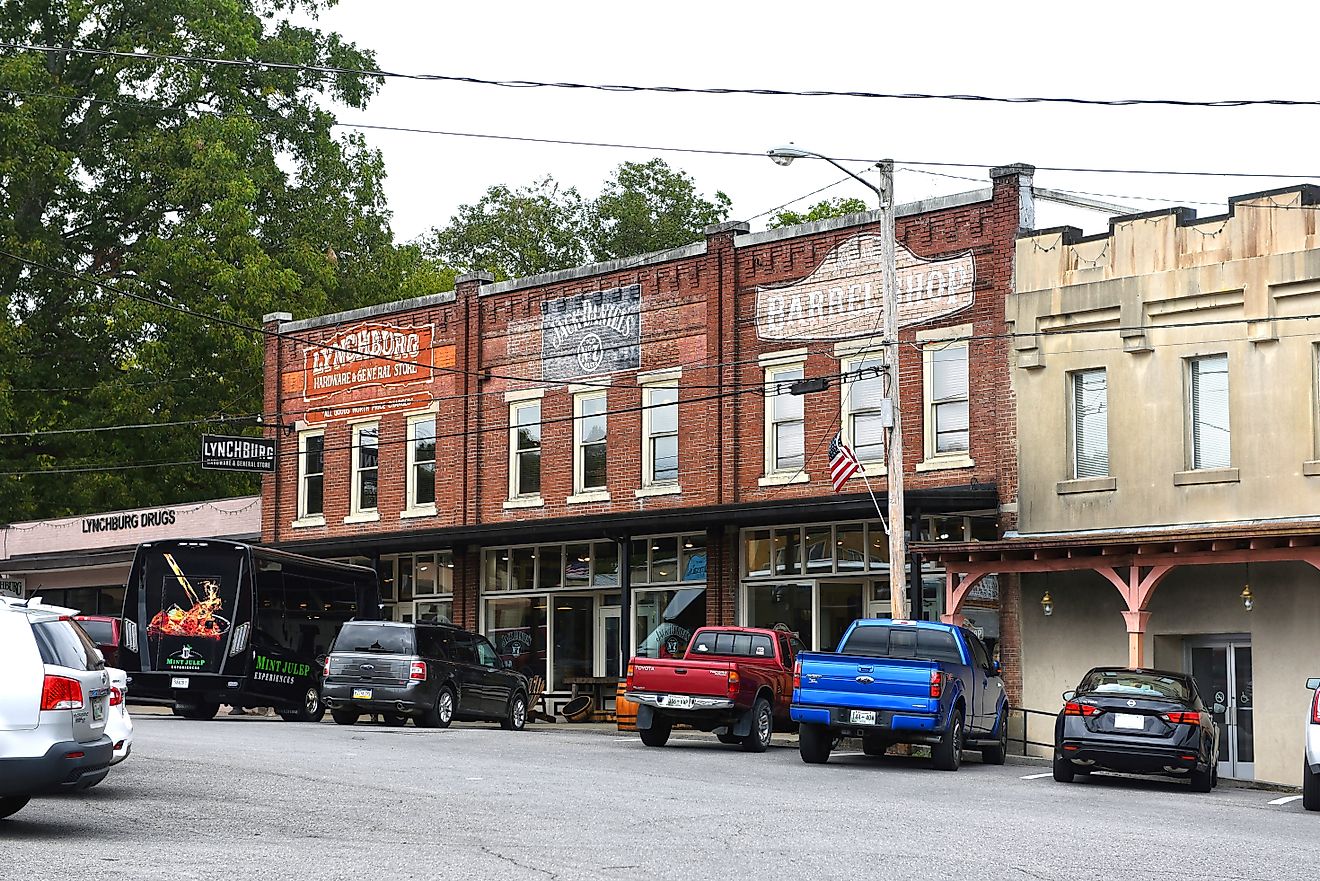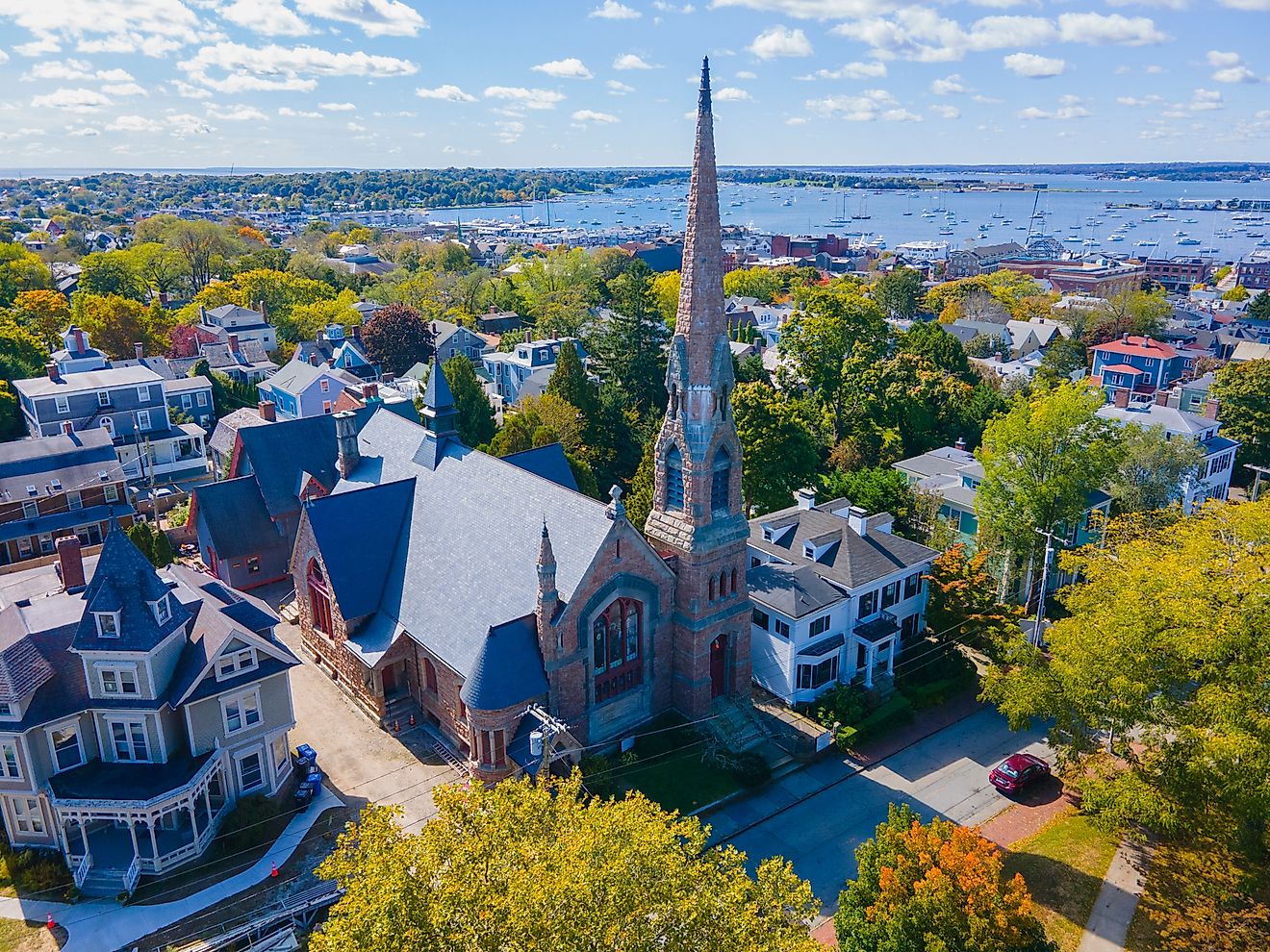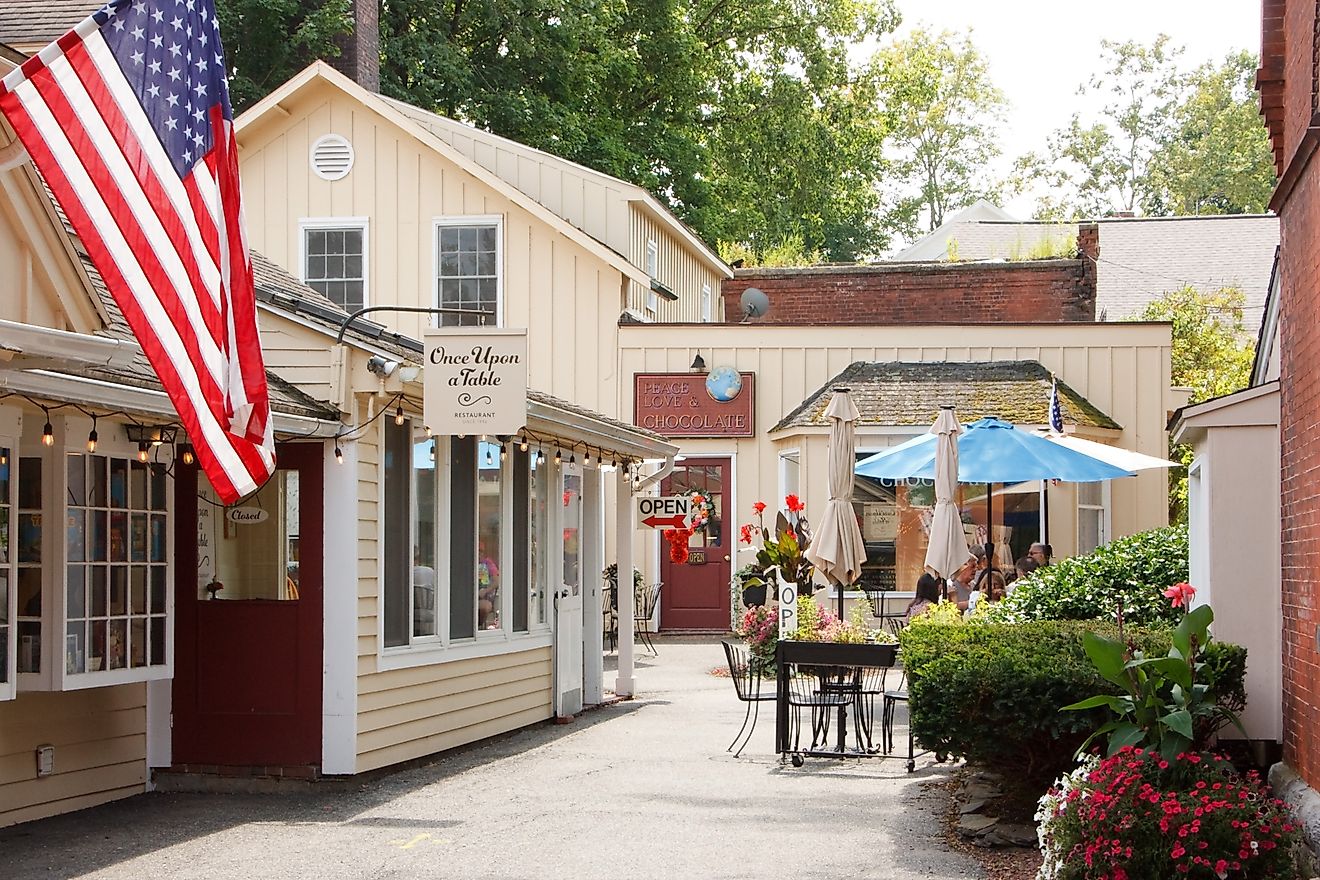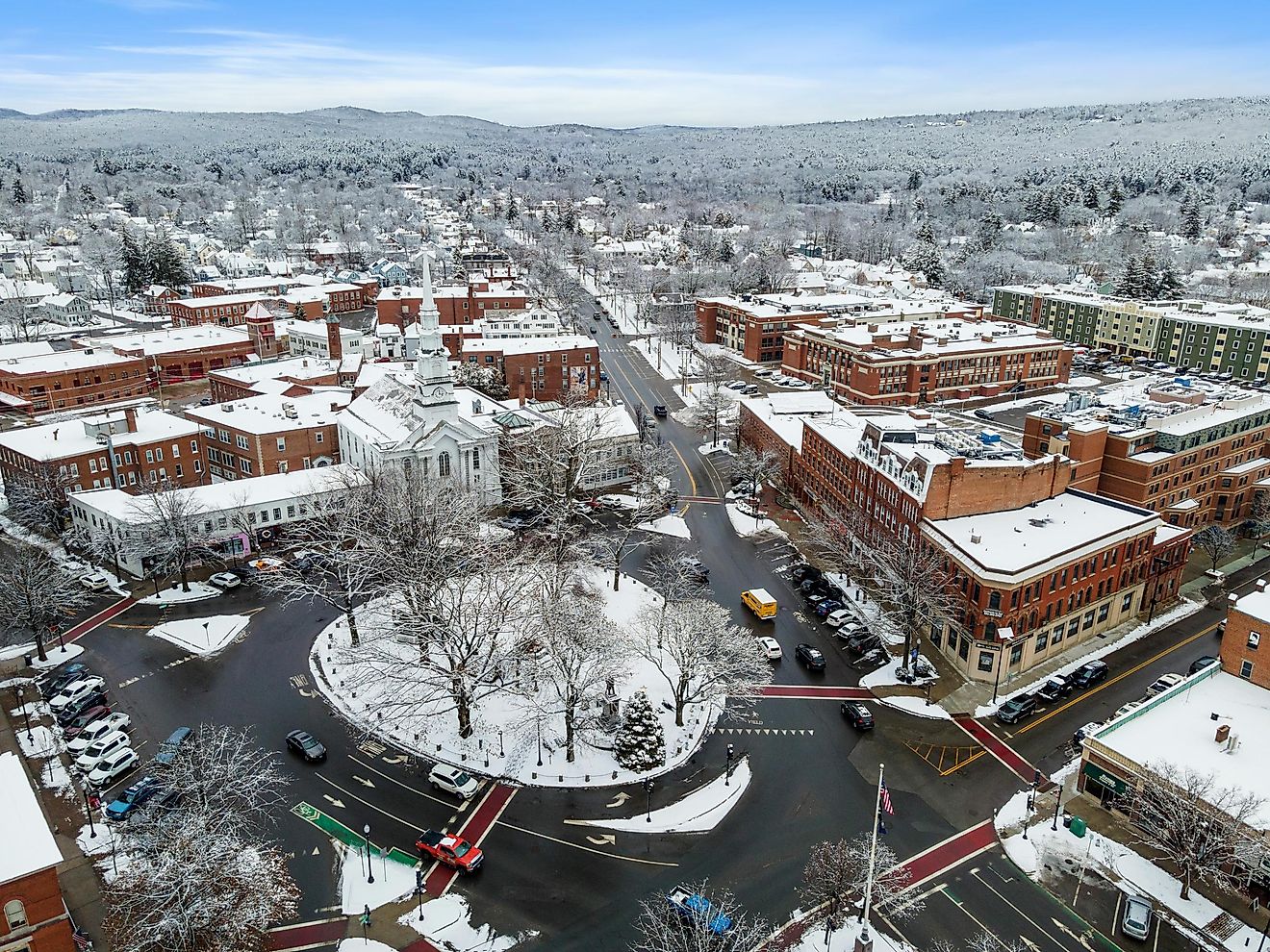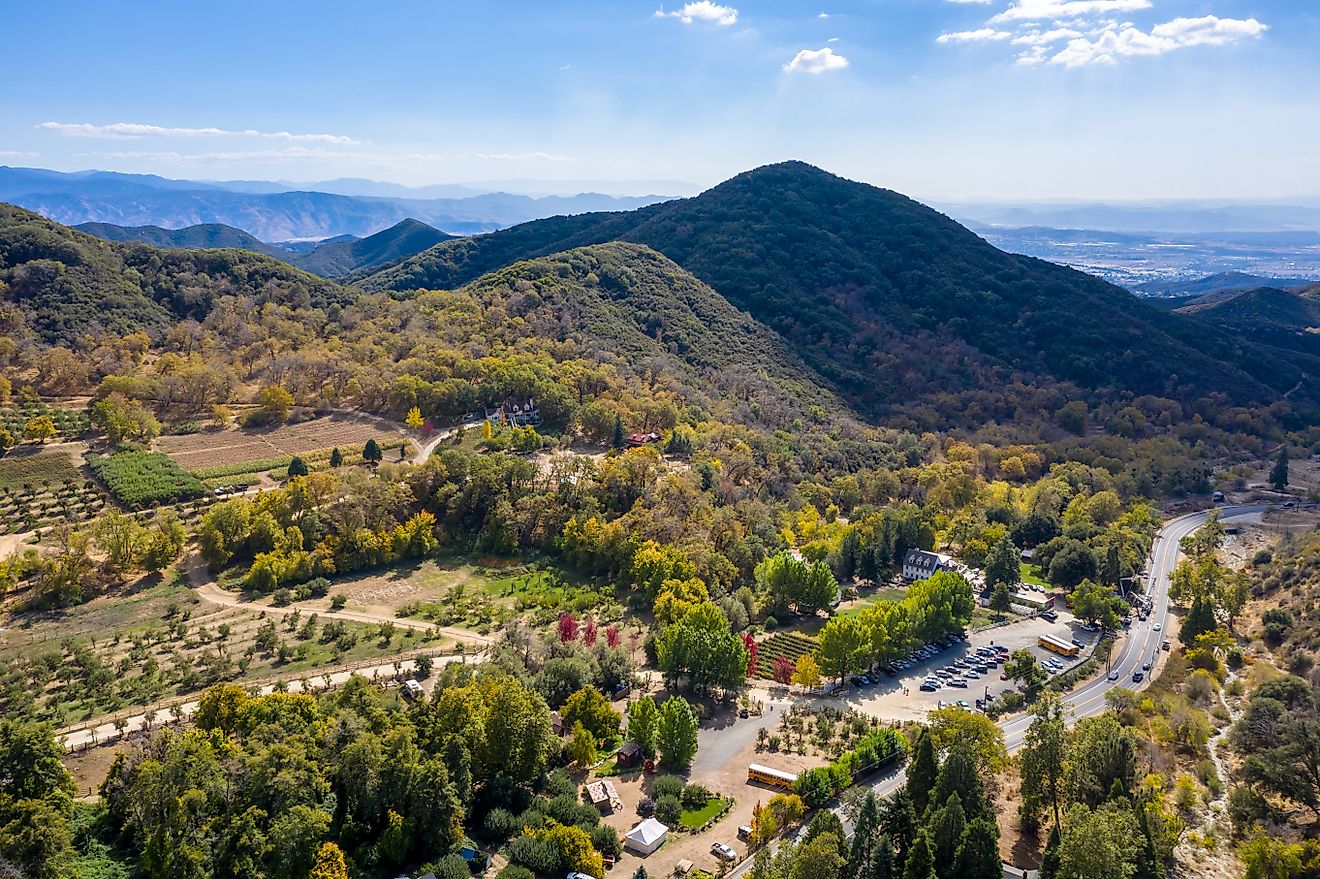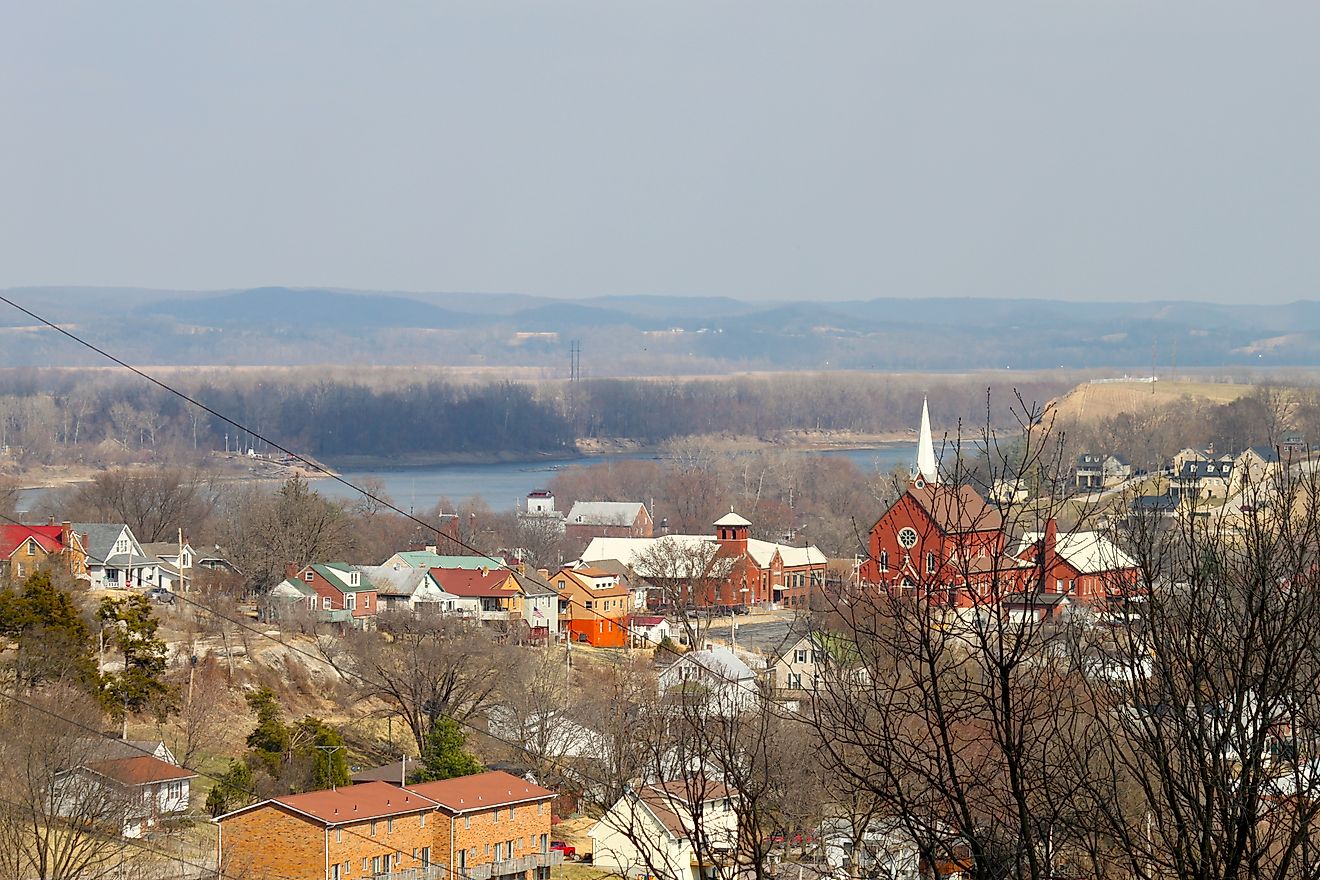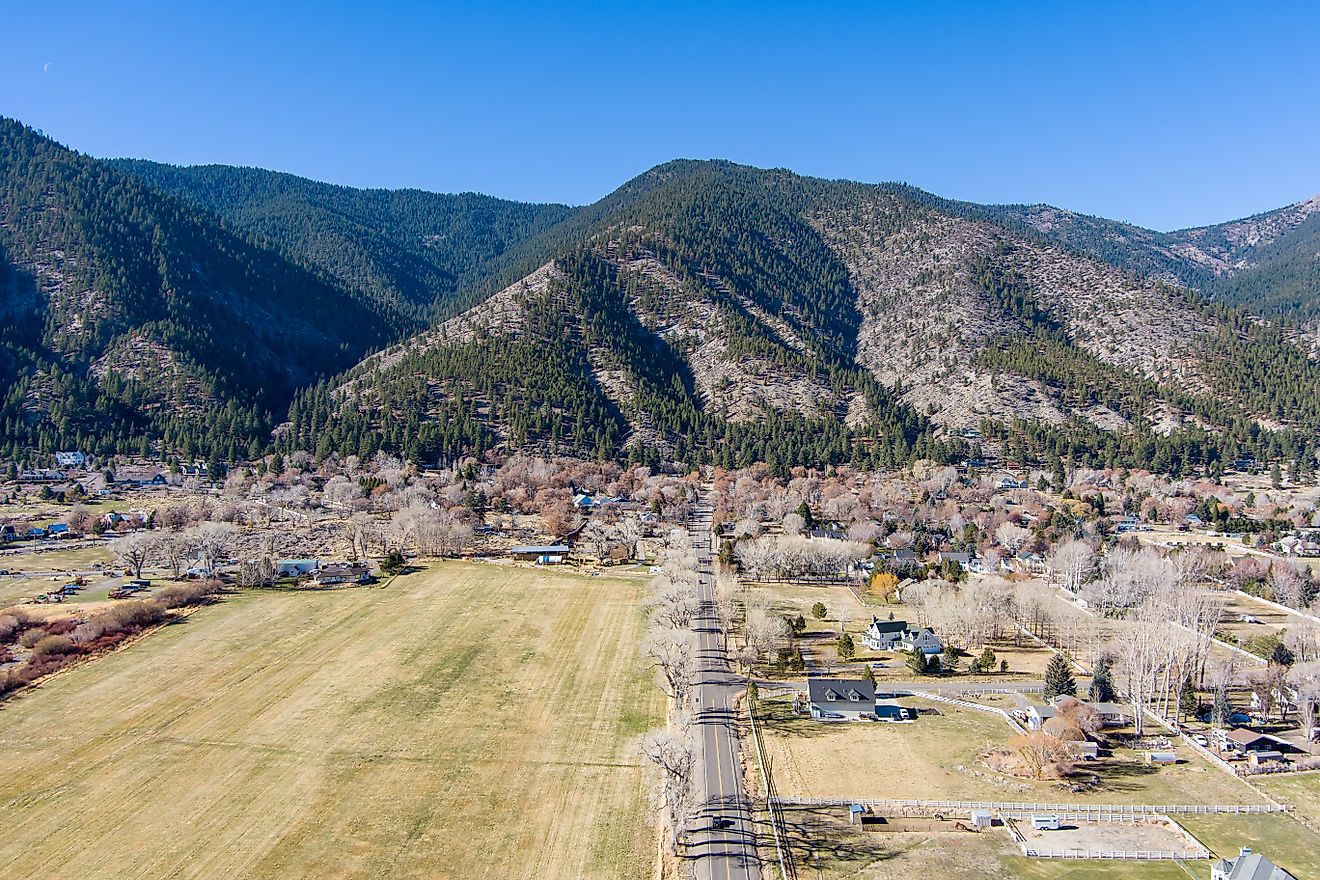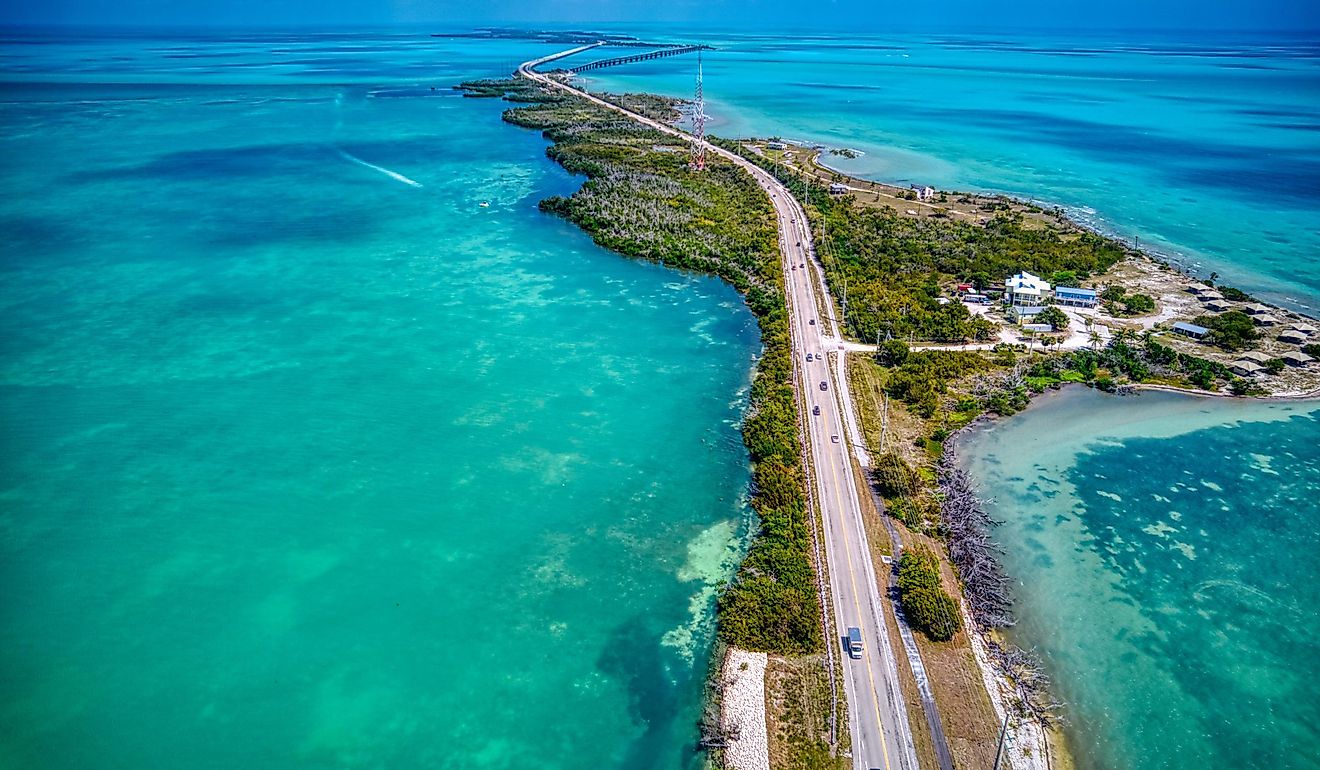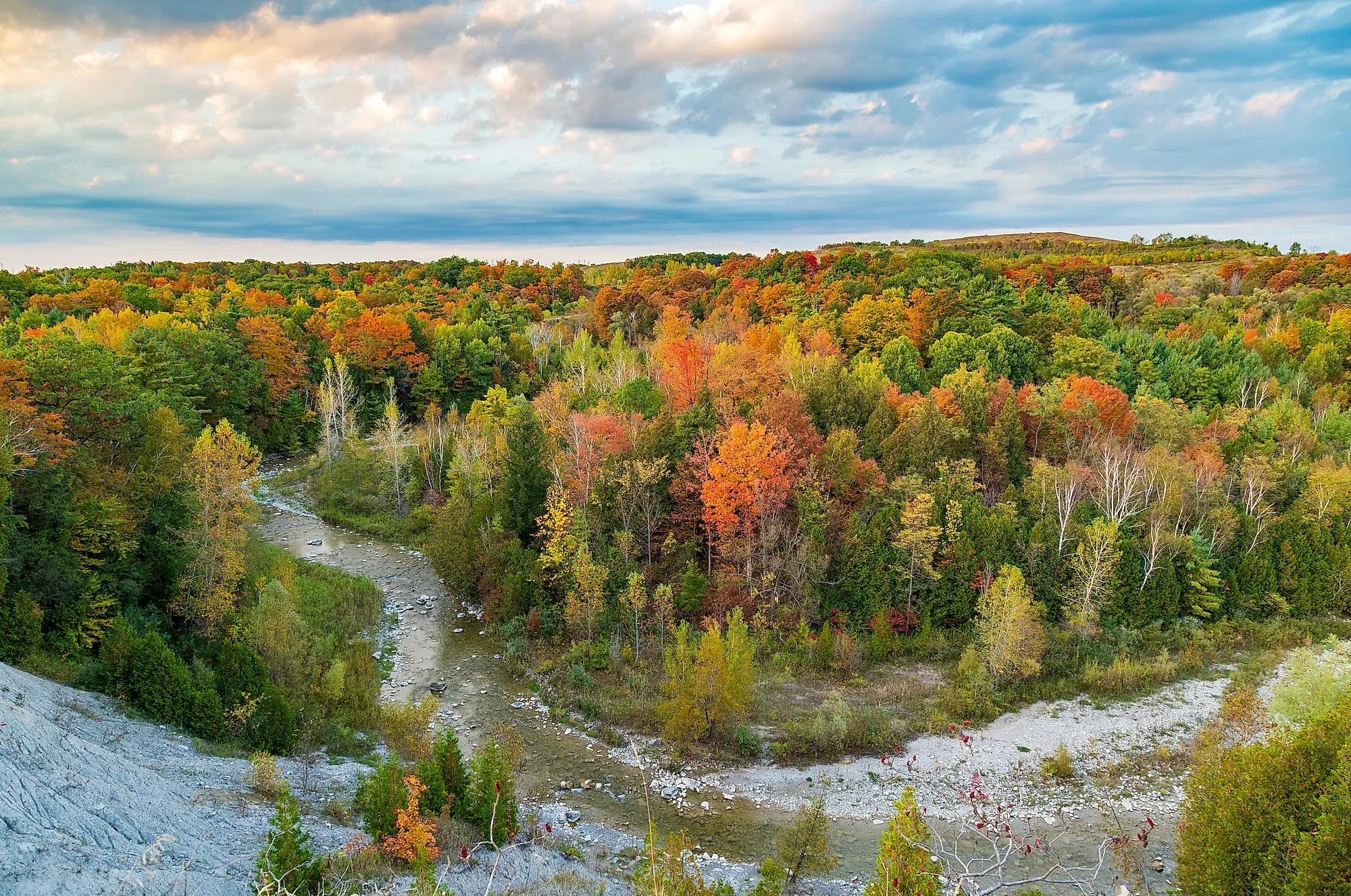
Rouge National Urban Park
Rouge National Park is an urban park located in the Greater Toronto Area in Ontario, Canada. The park is centered around the Rouge River and includes city regions of Scarborough, Markham, Pickering, Uxbridge, and Whitchurch-stouffville. The park provides a protected region of natural forest and river area among some of the largest and growing cities of southern Ontario. The park has an area of 75 square kilometers, but Parks Canada has been lobbying to expand this area as well as nationalize the park.
History
Rouge Park was originally established in 1995 under the Toronto and Region Conservation Authority. At that time the park contained roughly 40 square kilometers of land that stretched from Toronto through Markham and Pickering. Rouge National Urban Park was conceptualized in 2011, and steps were taken to authorize the area as an official Urban Park. This designation was officially declared in May of 2015 under the Rouge National Urban Park Act.
Landscape
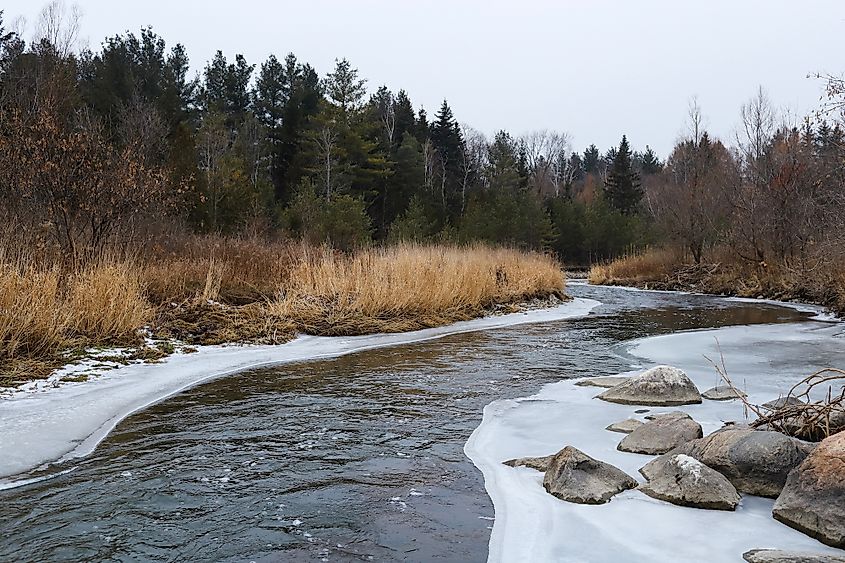
Rouge National Urban Park is situated in the Rouge River, Petticoat Creek and Duffins Creek watersheds. The landscape includes both this dominant water way, as well as an extensive ravine system. The ravines within the park are in fact part of the larger Toronto ravine system. In addition to the natural landscape, an artificial wetland was created in Rouge Park. The wetland is not only an important habitat for various water-dwelling creatures, but it helps to reduce flood forces. Indigenous People lived in the Rouge Valley area for many generations, living off the land and water. Later, settlers used the land for farming cultivation. Now, the park protects tracts of Class 1 farmland within its borders.
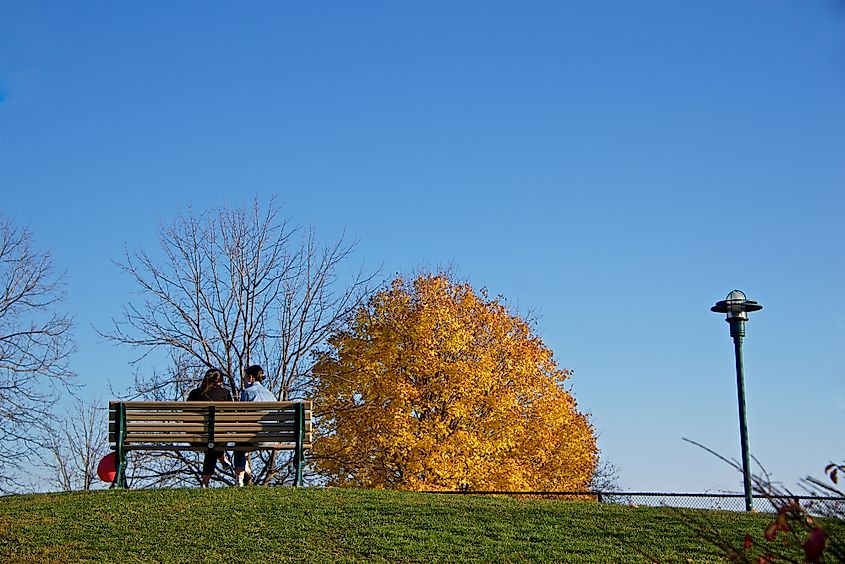
The park has also had a connection with farming. In 2015, Parks Canada put into place conservation and agricultural projects with the help of local park farmers and Indigenous partners. Farm lands have been allowed to stay inside the park boundaries, with the aid of the governing bodies and conservationist education.Through this initiative and the wetland restoration efforts, some 32 hectares of wetland and 20 hectares of forests have been restored within the park, and more than 38,000 trees have been planted in the area.
Wildlife
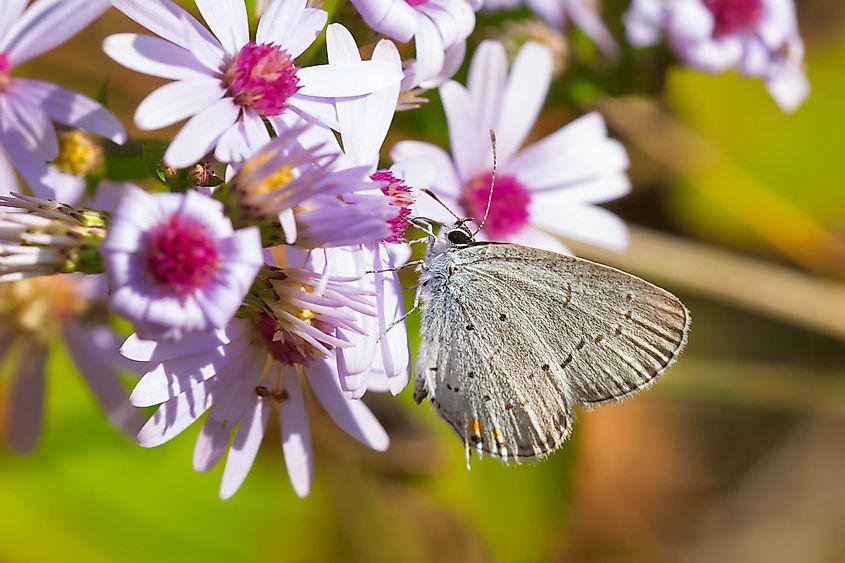
Rouge River is home to many of Southern Ontario's more common species. Forty four different species of mammals have been recorded in the park, some more common than others. Canadian iconic animal, the beavers, loves the swampy marshlands, and can often be seen in the more wetland areas of the park. Additionally, smaller mammals such as foxes, chipmunks, grey squirrels, meadow voles, long-tailed weasels, red squirrels, muskrats, groundhogs, bats, opossums and porcupines can all be found in these parts. Larger mammals include the eastern coyote and white-tailed deer.
Visiting The Park
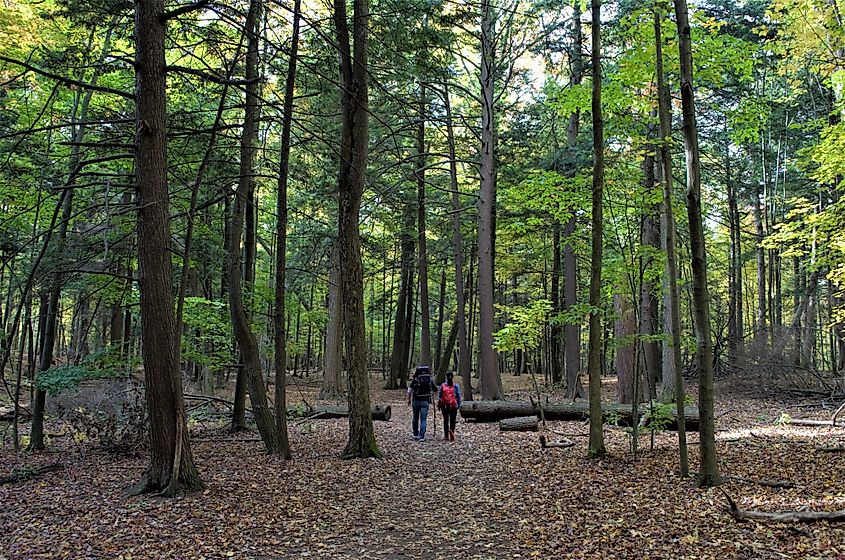
The park is located alongside many of the largest cities in the Toronto area. It is open to visitation 365 days a year without admission for day travellers. Some 12 kilometers of hiking trails run through the Toronto and Markham regions, with plans to expand. Beaches, marshlands, campgrounds and farm visits are all available. Visitors can explore the area on their own, or join in one of the many educational conservation programs.
Threats
Though Parks Canada and its partners have worked hard to maintain the integrity of the park and implement various conservation efforts, the location of Rouge River in such a highly populated urban area does bring threats. Metropolitain pollution is a large concern, and in fact one of the largest highways in Toronto cuts directly through the park, bringing huge amounts of road traffic and emissions pollution through the area daily. In addition to this, erosion is a significant problem in the area, due in large part to urban development that has removed much of the original stabilizing plants. In the same way, soil can be washed away in floods as the water cannot be absorbed through the asphalt in the area. Another problem is run-off contamination.
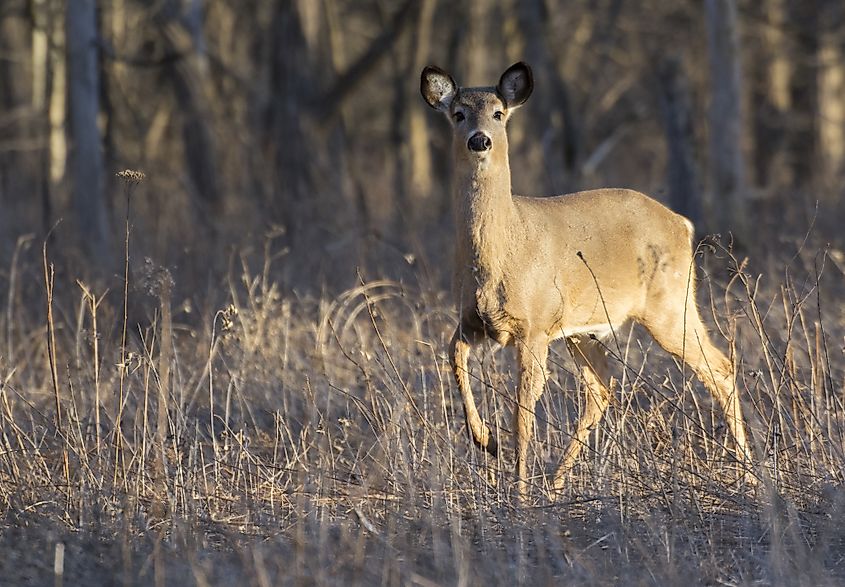
Several abandoned landfills exist in the park, which pose the threat of leaching. Similarly, some 25 golf courses can be found in the areas around the park, and the maintenance, chemicals and irrigation needed to maintain these greens usually means a large amount of unwanted runoff that finds its way into the Rouge River, decreasing its quality dramatically.
By understanding these threats and concerns, park authorities and visitors are better able to mitigate the risks, and, hopefully, continue to maintain a healthy and growing Rouge National Urban Park.
